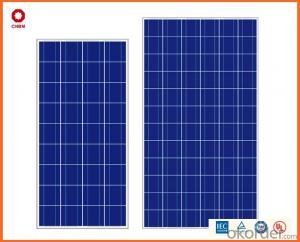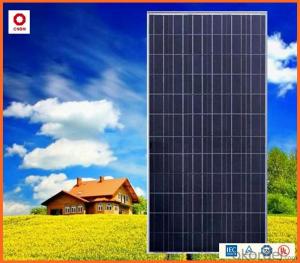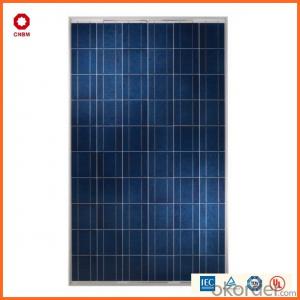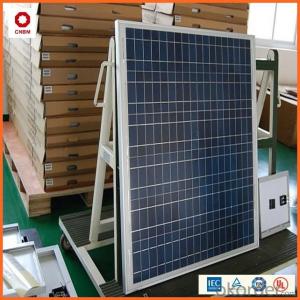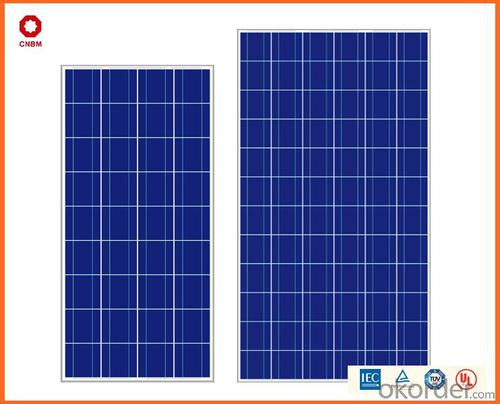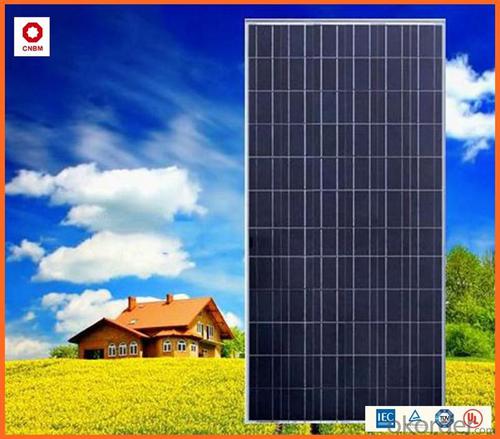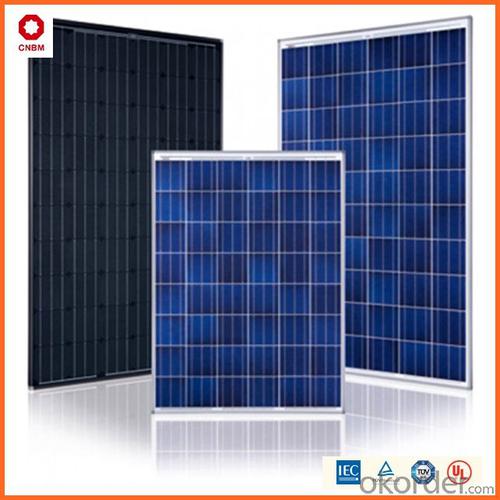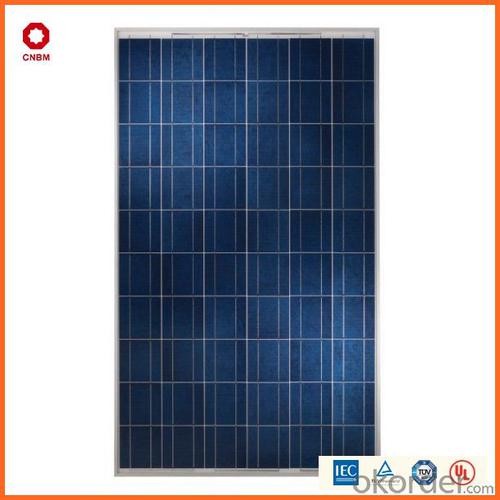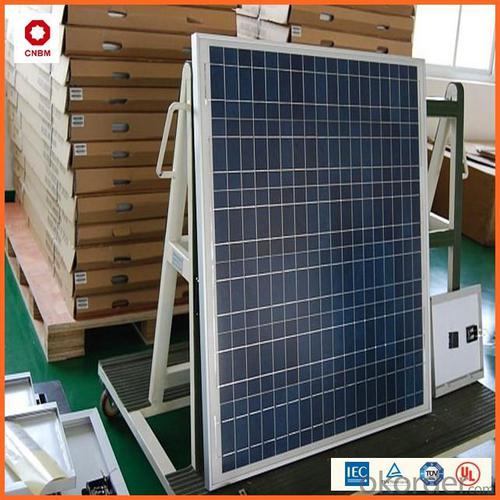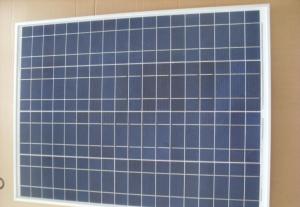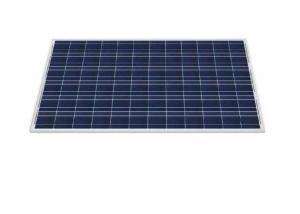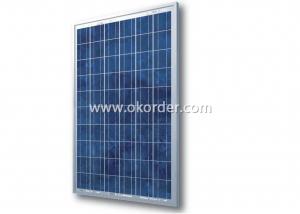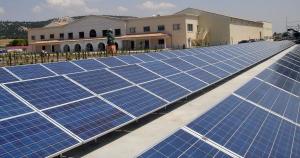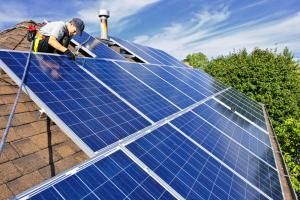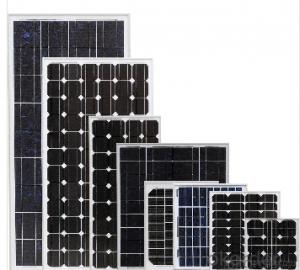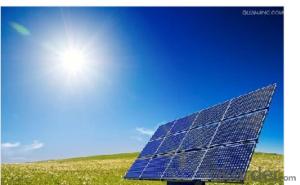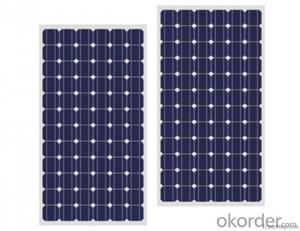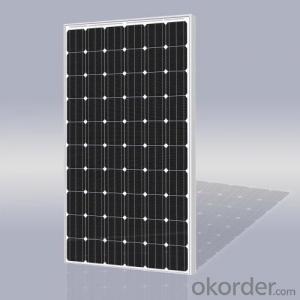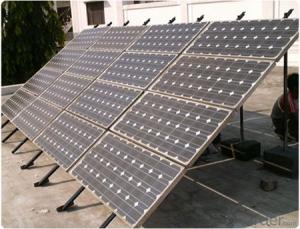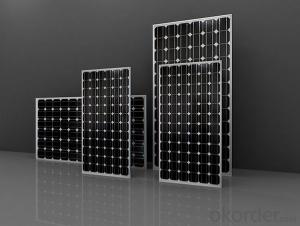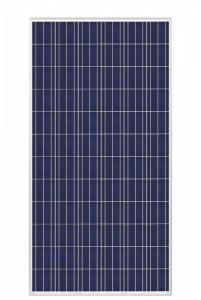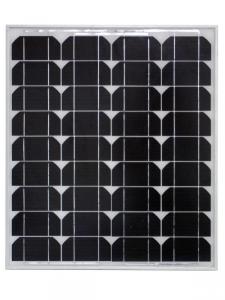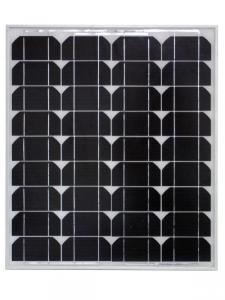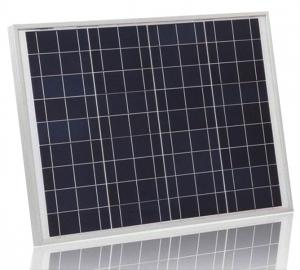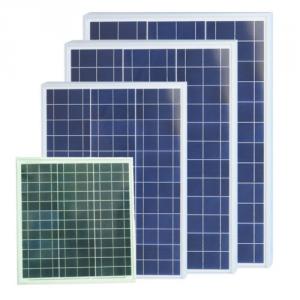Sailing Yacht Solar Panels 250w Monocrystalline Panel CE TUV UL ETL MCS Certificates
- Loading Port:
- China main port
- Payment Terms:
- TT OR LC
- Min Order Qty:
- 1000 watt
- Supply Capability:
- 1000000 watt/month
OKorder Service Pledge
OKorder Financial Service
You Might Also Like
Packaging & Delivery
Packaging Details: 25PCS/Pallet, carton box with wooden pallet or wooden box with pallet
Delivery Detail: 7-15 days according to the order quantity
Product Description
A Grade 305w high efficiency Poly PV Solar panels
Max Power Voltage Vmp(V) | 31.5 |
Max Power Current Lamp(A) | 7.94 |
Open Circuit Voltage Voc(V) | 37.5 |
Short Circuit Current Isc(A) | 8.72 |
Temperature Coefficients of Isc (%/℃) | 0.0825 |
Temperature Coefficients of Voc (%/℃) | -0.4049 |
Temperature Coefficients of Pmp (%/℃) | -0.4346 |
Max Power(w) | 305 |
Limited Product Warranty
Under normal application, installation, use and service conditions, if MODULES fail to conform to this limited product warranty due to defects in material or workmanship, then for a period ending 12 years from date of sale as shown in the invoice or Contract issued by CNBM SOLAR. CNBM SOLAR will, at its option, either repair or replace or refund the purchase price as paid by the client for these defective MODULES. The repair or replacement or refund remedy shall be the sole and exclusive remedy provided under the “Limited Product Warranty” and shall not extend beyond the 12 years period set forth herein. It will be performed directly to the direct client only. This “Limited Product Warranty” does not warrant a specific power output, which shall be exclusively covered under “Limited Peak"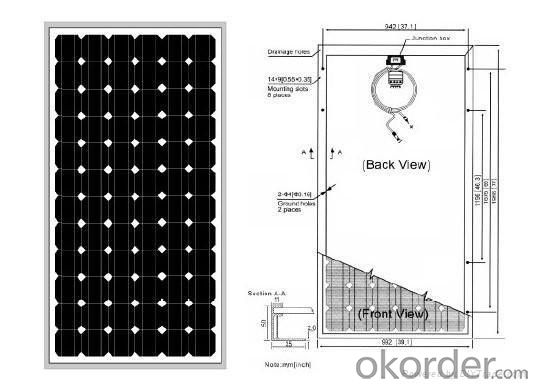
Company Profile
China National Building Material (CNBM) Group Corporation

CNBM International Corporation is a professional solar panel manufacturer in China for CNBM brand . Silicon panel ( silicon module), as our main product, has high quality and good service. Our products are very popular in Europe, Australia, England, Middle East, Mexico, Argentina, Chili, Singapore and Africa.
Furthermore, our products have gained international authorized certificates like TUV, UL and CE.
China National Building Material (Group) Corporation (CNBM), established in 1984, is one of the largest State-owned group corporations of building & mechanical materials which specializes in the design, manufacturing and distribution of building materials in the world.
As the whole world turns “green”, CNBM enters into the Photovoltaic Industry in 2005.After 6 years' fast growth, now our annual capacity is 500MW solar panel and 500MW solar cell.
FAQ
We have organized several common questions for our clients,may help you sincerely:
1.what price for each watt?
it depends on the quantity, delivery date and payment terms,
2.what is your size for each module? can you tell me the parameter of your module?
we have different series of panels in different output, both c-si and a-si. please take the specification sheet for your reference.
3.Can you provide the peripheral products of the solar panels, such as the battery, controller, and inverter? If so, can you tell me how do they match each other?
Yes, we can, we have two companies for solar region, one is CNBM International, the other is CNBM engineering Co.
We can provide you not only the solar module but also Solar Cells, the off grid solar system, we can also provide you service with on grid plant.
4What is your warranty system?
Our product performance guarantees for 25 years
• 12 years guarantee for workmanship
• Timeliness of delivery
• Quality Products certified (TÜV, UL, CE, ISO)
5.How do you pack your products?
We have rich experience on how to pack the panels to make sure the safety on shipment when it arrives at the destination.
6. Can you do OEM for us?
Yes, we can.
7.How long can we receive the product after purchase?
In the purchase of product within three working days, We will arrange the factory delivery as soon as possible. The pecific time of receiving is related to the state and position of customers. Commonly 7 to 10 working days can be served.
- Q: ) what is absolutely needed to hook up a solar panel to grid tie, what permits and/or inspectors are needed?2) if we know how many KWH's we use per month, do we just divide by number of hours per month to find out average KW usage?3) what is an estimated ratio of DC to AC transformation/convertion @ 30 C?4) do the solar panel voltages have to be the same? what would happen if the voltage going into the house is greater/lower than that of the house's defualt voltage5) for added chance of getting 0 pts add some contrators that do business in ohio for installing solar panels or sell them
- The okorder The reference section has all the formulas you are looking for and there is a list of dealers by state, plus various state rebate information. Yes, you can hook up different panels to the same system. There are special controllers that regulate the voltage. I'm more of a hands on nuts and bolts guy so I can't help you with the formulas and engineering explanations. Another great place to get information is Home Power Magazine. You can get the issues online or in print. Thanks for going solar!
- Q: Can solar panels be installed on farmlands or agricultural fields?
- Yes, solar panels can be installed on farmlands or agricultural fields. In fact, many farmers and landowners are increasingly using their land for solar energy production as it can provide additional income and sustainable farming practices. Solar panels can be mounted on ground-mounted systems or integrated into structures like barns or sheds without interfering with farming operations. Additionally, solar installations can offer benefits such as reduced energy costs and promoting environmental sustainability in the agriculture sector.
- Q: How long does it take to recoup the investment in solar panels?
- The length of time it takes to recoup the investment in solar panels can vary depending on factors such as the cost of the system, available incentives, electricity usage, and local solar conditions. On average, it usually takes between 5 to 10 years to recover the initial investment through energy savings. However, with the declining costs of solar panels and the potential for government incentives, this payback period may be shorter in certain cases.
- Q: Can solar panels be used to power a military base?
- Yes, solar panels can be used to power a military base. By harnessing solar energy, military bases can reduce their dependency on traditional energy sources and enhance their operational capabilities. Solar panels can provide a reliable and sustainable source of electricity to power various facilities and equipment in a military base, contributing to energy independence and environmental sustainability.
- Q: I was thinking of having some installed on our rooftop and was wondering if it would be worth the cost? The house is located in Sac, Cali. The panels would face the sun 2 months out of the year and in the summer roughly 4 hours of straight sun.
- You can log in alibaba,i purchased about 20000watts 2 years ago and solar panels work efficiency is fairly high. I hope my answer help you !
- Q: How are solar panels installed?
- Solar panels are typically installed on rooftops or in open areas with maximum exposure to sunlight. The process involves mounting the panels onto a structure, such as a roof or frame, using brackets and screws. The panels are then connected to an inverter, which converts the direct current (DC) generated by the panels into usable alternating current (AC) electricity. Wiring and electrical connections are made to connect the solar system to the home or the grid.
- Q: Dont/Cant work alone?when you buya asolar panel you mUST GET bATTERIES, voltage regulators and many else stuff?cant they just work directly? or can i use normal batteres like Car batteries?The one who Really knows 0 pts. thanks
- You do not need batteries unless you want power at night, you don't need a regulator unless you'll be using your panels to power anything other then what the voltage of the panels is (ie 2v panel = 2v llight bulb) 3.You can use them directly or you can use car batteries (though deep cycle batteries are better).
- Q: i am working on a project which requires small solar panels. i am looking for ones about 3X4. is there any way i could get these? and where?
- There okorder
- Q: Can solar panels be installed on a hotel or hospitality facility?
- Yes, solar panels can be installed on a hotel or hospitality facility. In fact, many hotels and hospitality facilities have already embraced solar energy as a renewable and sustainable source of power. Installing solar panels can help these establishments reduce their carbon footprint, lower energy costs, and demonstrate their commitment to environmental sustainability.
- Q: Are the solar panels on the roof just a gimik to get all the tree huggers to buy it, or are they actually a good, efficent design?
- Create okorder /
Send your message to us
Sailing Yacht Solar Panels 250w Monocrystalline Panel CE TUV UL ETL MCS Certificates
- Loading Port:
- China main port
- Payment Terms:
- TT OR LC
- Min Order Qty:
- 1000 watt
- Supply Capability:
- 1000000 watt/month
OKorder Service Pledge
OKorder Financial Service
Similar products
Hot products
Hot Searches
Related keywords
